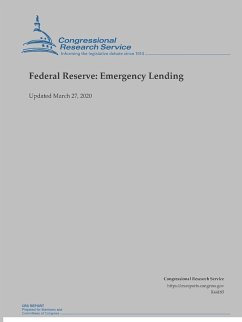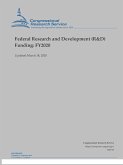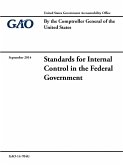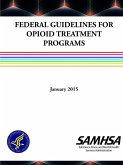In response to the financial turmoil caused by the coronavirus disease 2019 (COVID-19), the Fed reopened four of these broadly-based programs and created two new ones in 2020. Treasury pledged $50 billion of assets from the Exchange Stabilization Fund (ESF) to protect the Fed against losses in most of these programs. H.R. 748, referred to by some as the "third coronavirus stimulus" bill, was passed by the Senate on March 25, 2020. The bill would provide between $454 billion and $500 billion to support Fed liquidity facilities. The bill states that applicable requirements of Section 13(3) shall apply to these facilities. Credit outstanding (extended in the form of cash or securities) authorized by Section 13(3) peaked at $710 billion in November 2008. All credit extended under Section 13(3) during the financial crisis was repaid with interest. Contrary to popular belief, the Fed earned profits of more than $30 billion and did not suffer any losses on transactions authorized by Section 13(3).








